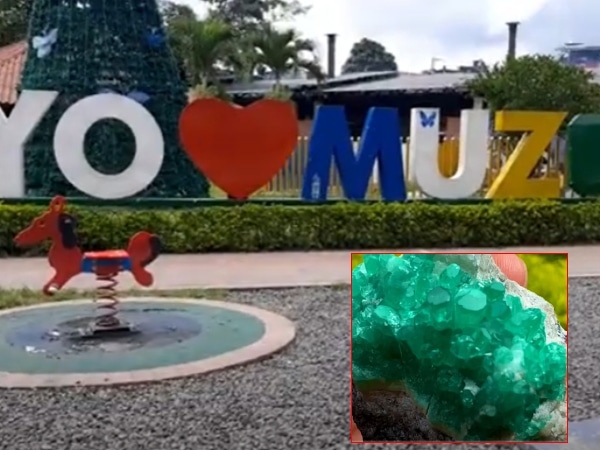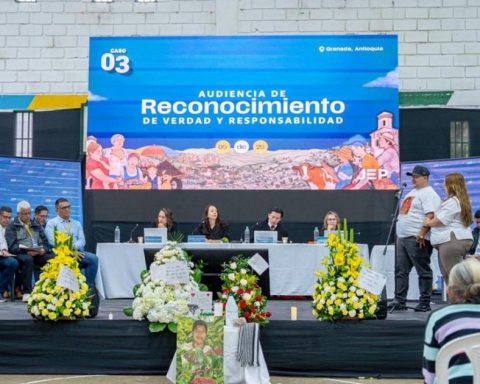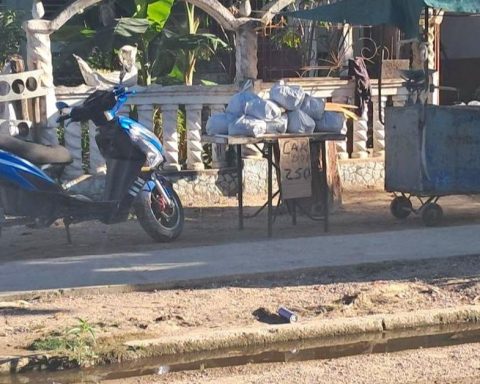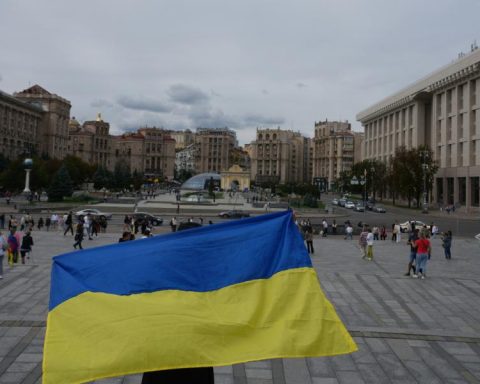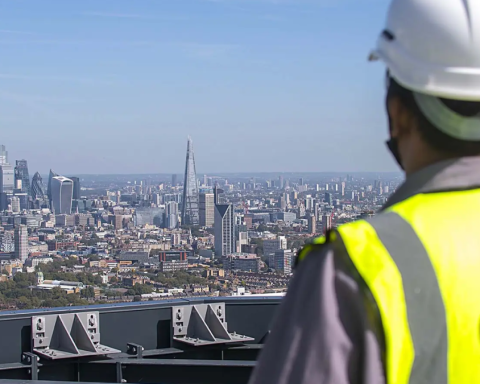The Emerald Regions of Colombia are mainly found in the Eastern Andes, highlighting Boyacá and Cundinamarca as the most rich areas in the country’s emerald.
News Colombia.
As with other Colombian traditions, the history of Emerald is surrounded by fascinating stories that compete with scientific explanations about the geological origin of the country’s emerald zones.
Also read:
In Cundinamarca, The emerald areas are mainly concentrated in the municipalities of Gachetá and Gachalá, located to the northeast of the department. These areas complement Boyacá’s mineral wealth, becoming key pieces in the national production of Esmeraldas.
An emblematic example of the emerald wealth of Cundinamarca It is the famous Esmeralda de Gachalá, also known as “Emilia.” This piece, which was found in 1967 in the Vega Mine of San Juan, weighs almost 3 kilograms and 858 carats, which makes it the largest emerald found to date.

The emerald extraction process begins with the miner, who is responsible for the first and most complicated step: extract the earth’s gem.
How much does the emerald cost?
The value of each emerald is determined Por various factors, including color, size, purity and brightness. Although green is the characteristic tone of these gems, Emeralds can present varied shades, such as purple, blue, green and even yellowish.
The largest emeralds are very rare, which significantly increases their value. A 10 -carat emerald can cost up to 50 times more than one of just a carate.
Tourism in the Emeraldin lands
Visiting the Esmeralderos municipalities in Colombia, such as Muzo, will allow you to immerse yourself in the history and the process of extraction of the emeralds. Through mining tours, tourists can explore the mines, learn from local experts and know the ancestral traditions surrounding Esmeraldas mining. These tours not only benefit the local economy, but also preserve cultural customs and support communities that depend on this industry.
In Muzo, pYou hate visiting the Esmeralda Museum, which houses an impressive collection of 480 pieces, including raw emeralds, archaeological artifacts and old photographs that narrate the history of Esmeraldiera mining. You can also explore the hills of Fura and Tena, known in the region for their relationship with a local legend.
In Bogotá, the capital of Colombia, the Esmeralda International Museum is a key place to learn more about the history, geology and cultural importance of Colombian Esmeralds.
The museum houses some of the largest and most renowned precious stones in the world, in addition to offering interactive exhibitions on the formation, extraction and trade processes of emeralds over the centuries. This space also offers certification services to guarantee the authenticity and quality of gems.
